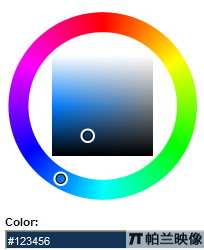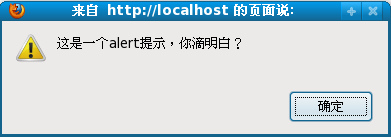|
|
/*
value: 值;
byteLength:數據庫字節長度
title:字段中文名稱
attribute:屬性名稱
使用方法說明:
添加 (1) onkeyup="limitLength(this.value,100,'名稱','name')"
(2) id="name" 或【struts標簽】styleId="name"
注意:id名稱和 attribute屬性名稱要一樣
例子:<textarea name="explain" id="explain" onkeyup="limitLength(value,5,'語義說明','explain')" >
或
<input type="text" name="explain" id="explain" onkeyup="limitLength(value,5,'語義說明','explain')" >
*/
function limitLength(value, byteLength, title, attribute) {
var newvalue = value.replace(/[^/x00-/xff]/g, "**");
var length = newvalue.length;
//當填寫的字節數小于設置的字節數
if (length * 1 <=byteLength * 1){
return;
}
var limitDate = newvalue.substr(0, byteLength);
var count = 0;
var limitvalue = "";
for (var i = 0; i < limitDate.length; i++) {
var flat = limitDate.substr(i, 1);
if (flat == "*") {
count++;
}
}
var size = 0;
var istar = newvalue.substr(byteLength * 1 - 1, 1);//校驗點是否為“×”
//if 基點是×; 判斷在基點內有×為偶數還是奇數
if (count % 2 == 0) {
//當為偶數時
size = count / 2 + (byteLength * 1 - count);
limitvalue = value.substr(0, size);
} else {
//當為奇數時
size = (count - 1) / 2 + (byteLength * 1 - count);
limitvalue = value.substr(0, size);
}
alert(title + "最大輸入" + byteLength + "個字節(相當于"+byteLength /2+"個漢字)!");
document.getElementById(attribute).value = limitvalue;
return;
}
JavaScript技術:限制文本字節數js代碼,轉載需保留來源!
鄭重聲明:本文版權歸原作者所有,轉載文章僅為傳播更多信息之目的,如作者信息標記有誤,請第一時間聯系我們修改或刪除,多謝。



